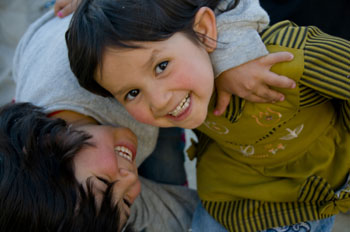The World Bank’s Economic Update On Afghanistan
Here’s what the World Bank is reporting in it’s most recent economic update on Afghanistan:
Economic Expanision
- GDP growth between 2009 and 2010 is estimated to have reached 22.5%, a record since 2003-4. A strong rebound in agriculture (53%), helped mainly by ample and well-distributed rainfall is behind the surge in growth.
- Wheat production nearly doubled to 5 million tonnes compared to a preceding five year average of 3.4 million tonnes. Services continued to grow in double digits, led by government services, financial sector and transport services. Mining is booming as well with near 30% growth in the last two years.
- Afghanistan also achieved a remarkable surge in domestic revenues during 2009/10, collecting 53% more than the previous year and 16% more than budgeted. Improved tax administration underpins much of the revenue increase. Domestic revenue collection increased by 68% and custom duties surged by 48%.
- Robust growth and low inflation has reduced poverty in Afghanistan.
Economic Outlook
The outlook for the current fiscal year, 2010/11, is favorable, with GDP growth slightly higher than 8% and mild inflation, under 5%. As agriculture falls back to normal growth, service sectors will once again provide much of the growth in the coming year, benefiting from government- and donor-spending.
The mining sector will continue to grow vigorously, as the construction phase of the Aynak copper mine intensifies. It is likely that the growth outlook might be revised up if development spending picks up after the Kabul conference, scheduled for July 2010. At that conference the government will be announcing implementation plans for the London Agenda.
On the inflation front, there appears to be little cause for worry, though disinflation appears to have ended. The prospects for cereal production are good, with winter and spring crops developing under generally favorable conditions, according to FAO assessments. Some susceptibility to imported prices remains, as even in a good year about one-sixth of cereals are imported. Non-food prices are rising, but at a modest pace, below 5%.
 May 19, 2010
·
May 19, 2010
·  admin ·
admin ·  No Comments
No Comments
 Posted in: Afghanistan's Economy
Posted in: Afghanistan's Economy






Leave a Reply
You must be logged in to post a comment.